Steaming frozen beef balls as a method of preservation has become a topic of interest for home cooks and food enthusiasts alike. As convenience and time-saving techniques gain prominence in modern kitchens, understanding the science and safety behind such practices is essential. This article explores whether freezing, steaming, and storing beef balls is viable, delving into food safety, texture preservation, and practical tips for optimal results.
The Science Behind Steaming Frozen Beef Balls
Steaming is a gentle cooking method that uses hot vapor to transfer heat to food. When applied to frozen beef balls, this technique must overcome the initial challenge of cooking from a subzero state. Frozen meat products, such as beef balls, contain ice crystals that can alter texture if not handled properly. The steaming process not only thaws the meat but also cooks it uniformly, provided the temperature and time are carefully controlled.

The USDA recommends cooking ground meat products to an internal temperature of 160°F (71°C) to eliminate harmful bacteria like E. coli and Salmonella. Achieving this temperature is non-negotiable, even when steaming frozen beef balls. However, reaching this threshold requires patience, as frozen meat takes longer to cook than thawed meat. A study published in the Journal of Food Science highlights that steaming frozen ground meat increases cooking time by approximately 50% compared to fresh counterparts.
Step-by-Step Guide to Steaming Frozen Beef Balls
-
Preparation:
- Do not thaw frozen beef balls before steaming. Thawing at room temperature risks bacterial growth, while thawing in a microwave may partially cook the meat, leading to uneven texture.
- Place the frozen beef balls in a single layer on a steaming rack or basket. Avoid overcrowding to ensure even heat circulation.
-
Steaming Process:
- Bring 2–3 inches of water to a rolling boil in a pot fitted with a lid.
- Reduce the heat to maintain a steady simmer, then place the steaming rack above the water.
- Cover the pot and steam for 15–20 minutes. Larger beef balls may require additional time.
- Use a meat thermometer to verify the internal temperature has reached 160°F (71°C).
-
Post-Steaming Handling:
- Allow the beef balls to cool slightly before handling to prevent burns.
- Pat them dry with paper towels to remove excess moisture, which could lead to sogginess during storage.
Storage Methods for Steamed Beef Balls
Proper storage is critical to preventing spoilage and maintaining quality. After steaming, beef balls can be refrigerated or refrozen, but each method has specific guidelines:
-
Refrigeration:
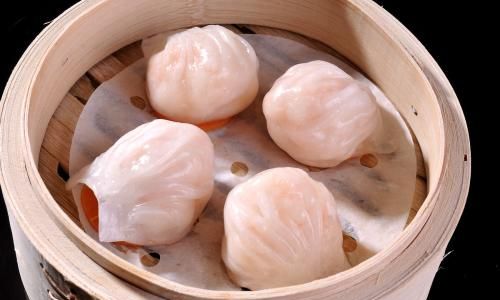
- Store steamed beef balls in an airtight container or resealable plastic bag.
- Consume within 3–4 days.
- Avoid stacking containers to prevent crushing and moisture buildup.
-
Freezing:
- For long-term storage, freeze steamed beef balls within 2 hours of cooking to inhibit bacterial growth.
- Use freezer-safe bags or containers, removing as much air as possible to prevent freezer burn.
- Label packages with the date and contents. Frozen beef balls can last 2–3 months without significant quality loss.
Reheating Steamed Beef Balls
Reheating steamed beef balls requires care to avoid overcooking or drying them out:
- Steaming Again: Re-steam for 5–7 minutes to retain moisture.
- Simmering: Gently simmer in broth or sauce for 8–10 minutes.
- Pan-Frying: Sear in a lightly oiled pan over medium heat for a crispy exterior.
Avoid microwaving without a damp paper towel, as this can cause uneven heating and rubbery texture.
Potential Risks and How to Mitigate Them
-
Bacterial Contamination:
- Never partially cook frozen beef balls and store them for later use. This creates a “danger zone” (40°F–140°F or 4°C–60°C) where bacteria multiply rapidly.
- Always cook to 160°F (71°C) and verify with a thermometer.
-
Texture Degradation:
- Freezing and reheating can cause protein denaturation, making beef balls slightly firmer. Minimize this by using lean beef with minimal connective tissue.
- Avoid oversteaming, which can lead to mushiness.
-
Flavor Loss:
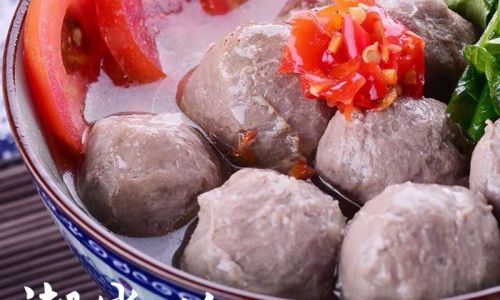
- Marinate beef balls before freezing to enhance flavor. Ingredients like soy sauce, garlic, and ginger penetrate the meat during steaming.
- Reheat in flavorful liquids like broth or teriyaki sauce.
Comparing Steaming to Other Cooking Methods
- Boiling: Exposes beef balls to excess moisture, diluting flavor and causing them to absorb water. Steaming preserves taste and texture.
- Frying: While crispy, frying adds unnecessary fat and requires thawing first. Steaming is healthier and more convenient.
- Baking: Suitable for large batches but risks drying out the meat. Steaming ensures even moisture distribution.
Cultural and Culinary Applications
In Asian cuisines, beef balls are a staple in dishes like hot pot, noodle soups, and stir-fries. Steaming allows for batch cooking, enabling home cooks to prepare meals in advance without sacrificing quality. For example, steamed beef balls can be added to pho or ramen throughout the week, streamlining meal prep.
Expert Tips for Perfect Results
- Uniform Sizing: Shape beef balls evenly to ensure consistent cooking times.
- Add Aromatics: Place ginger slices or scallions under the steaming rack to infuse subtle flavors.
- Ice Bath (Optional): After steaming, shock the beef balls in an ice bath to halt cooking, then pat dry before freezing. This technique, borrowed from sous-vide cooking, locks in juiciness.
Environmental and Economic Considerations
Steaming frozen beef balls reduces food waste by allowing leftovers to be repurposed. It also lowers energy consumption compared to oven-based methods. For budget-conscious cooks, buying beef in bulk, forming into balls, and freezing portions can save money.
Conclusion
Steaming frozen beef balls is a safe, efficient, and versatile cooking method when executed correctly. By adhering to temperature guidelines, employing proper storage techniques, and understanding the science behind freezing and reheating, home cooks can enjoy convenient, high-quality meals without compromising safety or flavor. Whether you’re meal-prepping for the week or preserving a surplus batch, steaming offers a practical solution that aligns with modern lifestyles while honoring culinary traditions.
As with any food preparation method, vigilance and education are key. By mastering the art of steaming frozen beef balls, you unlock a world of culinary possibilities, proving that convenience and quality need not be mutually exclusive.
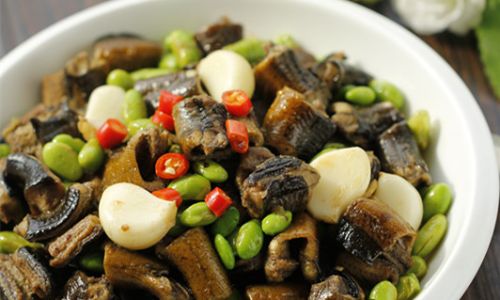
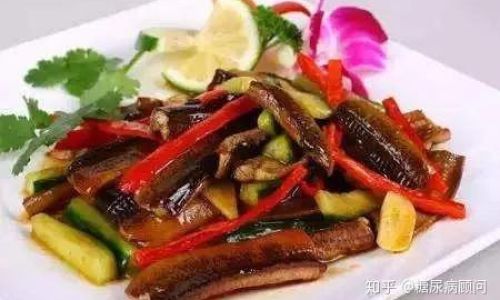
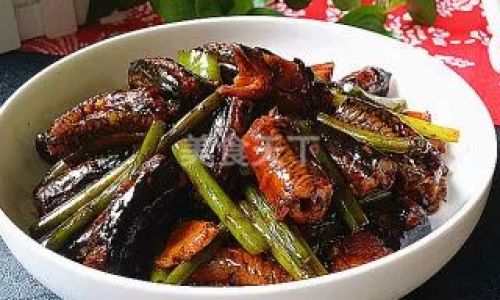
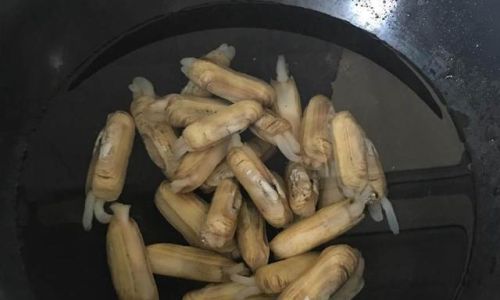

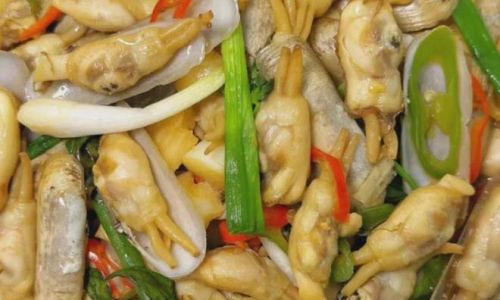
0 comments